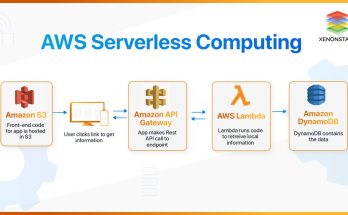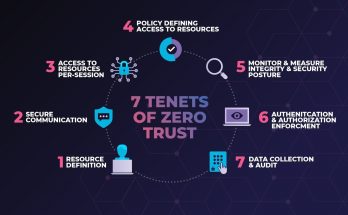The rise of low-code platforms marks a significant shift in how businesses approach software development, and it’s not difficult to see why they’re being hailed as the future. These platforms offer a visual, drag-and-drop interface that allows users to build applications with minimal hand-coding, dramatically reducing the time and technical expertise required to bring digital solutions to life. In an era where speed, agility, and innovation are paramount, low-code development empowers organizations to respond to market demands faster and more efficiently than traditional methods ever could.
One of the most compelling aspects of low-code platforms is their ability to democratize development. Historically, building software required deep programming knowledge and a team of specialized developers. This created bottlenecks, especially in organizations where IT resources were stretched thin. With low-code, business users—often referred to as “citizen developers”—can take part in the creation process. A marketing manager can build a campaign dashboard, or a finance analyst can automate a reporting workflow, all without waiting weeks or months for IT to intervene. This shift not only accelerates development but also fosters a culture of innovation across departments.
Speed is another critical advantage. In today’s fast-paced business environment, the ability to launch new products, services, or internal tools quickly can be a game-changer. Low-code platforms streamline the development lifecycle by eliminating much of the repetitive coding and configuration work. Teams can prototype, test, and iterate in days rather than weeks, allowing them to adapt to feedback and changing requirements with ease. This agility is especially valuable in industries like retail, healthcare, and financial services, where customer expectations and regulatory landscapes evolve rapidly.
Scalability and integration are also key strengths of low-code platforms. Modern businesses rely on a complex web of systems—CRM, ERP, cloud services, and custom applications—all of which need to communicate seamlessly. Low-code tools are designed with integration in mind, offering connectors and APIs that make it easier to link disparate systems. As a result, organizations can build solutions that scale across departments and geographies without reinventing the wheel. Whether it’s syncing customer data between platforms or automating supply chain workflows, low-code makes it possible to create robust, enterprise-grade applications with minimal friction.
Security and governance, once seen as potential drawbacks of low-code, have evolved significantly. Leading platforms now offer enterprise-level controls, including role-based access, audit trails, and compliance features that align with industry standards. IT teams can oversee development activity, enforce best practices, and ensure that applications meet security requirements, all while empowering business users to innovate. This balance between control and flexibility is crucial for organizations that want to scale their digital initiatives without compromising integrity or compliance.
The economic impact of low-code platforms is also worth noting. By reducing the need for extensive development resources, companies can lower their costs and reallocate budgets toward strategic initiatives. Smaller businesses, which may lack the capital to hire large development teams, can compete more effectively by leveraging low-code to build custom solutions tailored to their needs. At the same time, larger enterprises can accelerate digital transformation efforts, reduce technical debt, and improve ROI on technology investments. In both cases, low-code serves as a catalyst for smarter, more efficient growth.
Talent shortages in the tech industry further underscore the value of low-code. With demand for skilled developers outpacing supply, organizations are struggling to fill roles and maintain momentum on critical projects. Low-code platforms help bridge this gap by enabling non-technical staff to contribute meaningfully to development efforts. This not only alleviates pressure on IT teams but also unlocks new perspectives and ideas from across the organization. When more people can participate in building solutions, the result is often more relevant, user-friendly applications that solve real business problems.
The future of low-code is not limited to internal tools and workflows. Increasingly, companies are using these platforms to build customer-facing applications, mobile experiences, and even AI-driven solutions. As the technology matures, the line between low-code and traditional development continues to blur. Advanced features like custom code extensions, machine learning integration, and real-time analytics are becoming standard, allowing developers to push the boundaries of what’s possible. This convergence means that low-code is no longer a compromise—it’s a strategic choice that combines speed with sophistication.
Ultimately, the momentum behind low-code platforms reflects a broader shift in how businesses think about technology. It’s no longer just the domain of IT—it’s a shared responsibility and opportunity across the organization. Low-code empowers teams to solve problems creatively, respond to change quickly, and build solutions that align with their unique goals. As digital transformation becomes a prerequisite for success, the ability to innovate at scale and speed will define the leaders of tomorrow. Low-code platforms are not just a trend—they’re a foundational element of that future.



